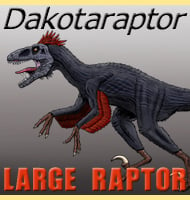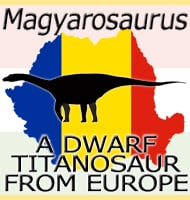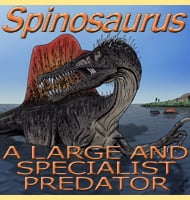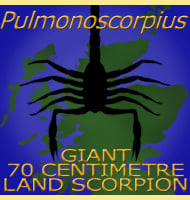In Depth
A late Cretaceous era snake of the Indian subcontinent, the discovery of Sanajeh has revealed a little bit more about Mesozoic ecosystems. The holotype specimen of Sanajeh was found not only alongside several sauropod eggs, but also the remains of a hatchling sauropod, probably a titanosaur of about fifty centimetres length. It is believed that the individual Sanajeh was raiding a nest of eggs to try and take a hatchling dinosaur, something that would have been a relatively easy meal for a large three and half meters long snake.
Like many other primitive snakes however as well as some of its relatives (such as Wonambi which lived much later), Sanajeh did not have a very wide gape like modern varieties such as pythons and boas do. This is probably why Sanajeh was raiding the nest, not just because the hatchling was virtually helpless, but because it was of a size that could pass through its mouth. The fast growth of sauropods documented in other finds however, indicates that hatchlings were likely only in danger for the first few months of their lives, and would soon grow to a size that even a large snake like Sanajeh could not attempt to eat.
Possible candidates for the laying of the eggs include Titanosaurus, Jainosaurus and Isisaurus, all titanosaurs known from the Lameta Formation, though a so far unknown genus may have still laid them. There is also no reason to assume that Sanajeh only raided sauropod/titanosaur nests, as it could have also targeted other kinds of dinosaurs such as theropods like the abelisaurid Rajasaurus amongst others. It is also quite possible that Sanajeh hunted for small animals such as lizards or even primitive mammals, though this is so far only speculation. Another genus of madtsoiid snake that was named in 2010 is Menarana, a Madagascan relative of Sanejah that might have burrowed into the ground.
Further Reading
- Predation upon Hatchling Dinosaurs by a New Snake from the Late Cretaceous of India, Jeffrey A. Wilson, Dhananjay M. Mohabey, Shanan E. Peters & Jason J. Head - 2010.









